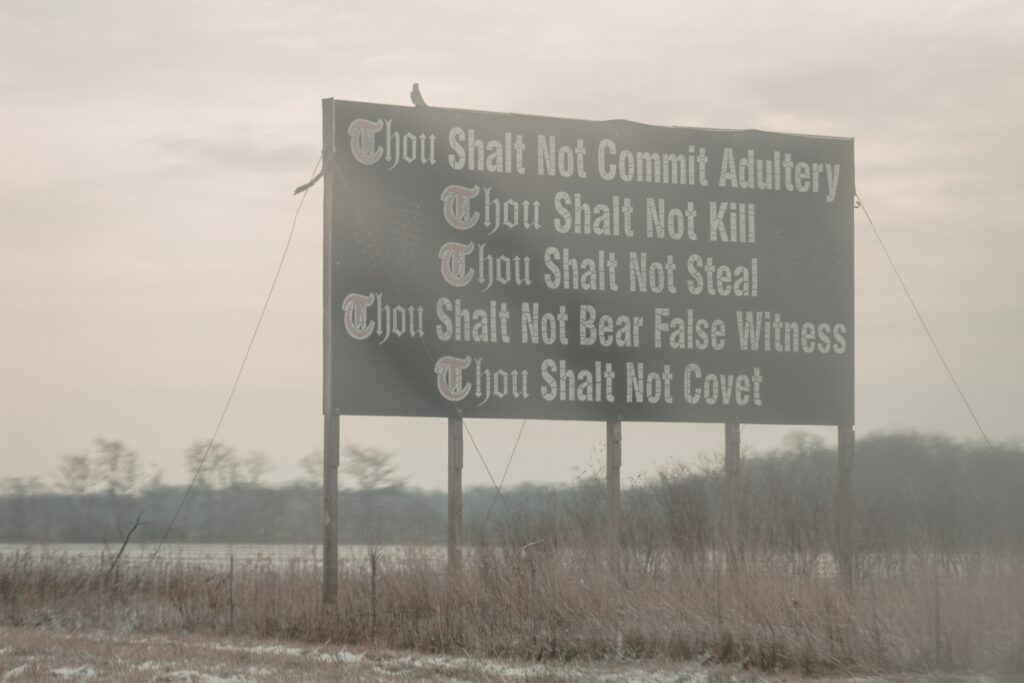
Peter has argued that God is Lord in multiple arenas. He’s Lord over the course of history, including over those who consider themselves his enemies. More than that he takes the evil acts of his enemies and incorporates them into his purpose and plan; the assassination of the Christ was, after all, the most evil act in history, and not only does it not frustrate God’s plan, but it is at the very center of it; God’s redemption of his fallen image in humans cannot proceed without it. He’s also Lord over death, our greatest enemy; Jesus dies—in fulfillment of God’s plan—but is almost immediately, over a weekend, brought back to life, never to die again. And along the way God has demonstrated that he’s Lord over all the cosmos in that he is not bound by the natural laws that he himself created. He can do miracles, and he can even delegate miraculous powers to others. His Son does miracles at will, and he—the Son—delegates those miraculous powers even further, to twelve ordinary men.
This is lordship writ large.
But Peter’s sermon is nowhere near done.
Raising his Son from the dead, it turns out, is only just the beginning of the Lord’s elevating his Son. He gives the Son all authority on earth—Jesus claims that in Matthew 28.18—and extends that delegated authority to the heavens as well—same verse—and then makes that delegation visible by taking the resurrected Son in the clouds, before a group of reliable witnesses, all the way to heaven itself, to the right hand—the authoritative hand—of the Father, where he sits down in his presence (Ac 2.33-34). The images of authority are just piled one upon another.
The Father has more to demonstrate. He gives to his Son another promise, the Holy Spirit—himself a member of the Godhead—and authorizes the Son to pour him out on his followers, with visible evidences that are themselves miraculous: hovering flames over each head, and the ability to speak clearly and fluently obscure tribal languages that they have never spoken or learned (Ac 2.33).
And the Father makes the Son another promise. “I will make your enemies,” he says, “your footstool” (Ac 2.35). He has already demonstrated their defeat by frustrating their purposes in killing the Son, and in raising him from the dead. But frustration is not utter defeat, and the Father is not going to stop halfway. He will prostrate Christ’s enemies visibly and physically before him, under his feet. And while Peter doesn’t include the end of that story, we know from his fellow apostle John that those enemies will be finally and irrevocably judged and sent forever to the lake of fire (Re 20.14-15).
Peter sums up the Father’s delegation of lordship to the Son with a direct statement: “God has made him both Lord and Christ” (Ac 2.36). Only a Lord can make someone else one.
It’s interesting that Peter uses the word “Lord” 5 times earlier in this sermon (Ac 2.20, 21, 25, 34 [2x]), and in 4 of the 5 times he’s quoting or alluding to an Old Testament passage that refers to Yahweh, the personal name of God. So when he says immediately later (Ac 2.36) that the Father has made the Son “Lord,” does he have that specific meaning in mind?
Maybe, maybe not. But calling Jesus “Yahweh” would be consistent with numerous passages throughout the New Testament.
Peter closes his sermon by answering the question of his hearers: “What shall we do?” (Ac 2.37). His answer is simple:
- Repent. Turn in discontent from your old life. Reject it.
- Believe. Trust in Christ, the Lord: the effectiveness of his payment for your sins, and the goodness of his will for you.
- Be baptized. Publicly profess what has happened in your thinking, believing, and doing.
What a privilege it is to serve such a Lord! What confidence and joy such service brings!
I have lived—imperfectly—under his care and direction for more than 60 years. By his grace, I will live with that confidence and joy for the rest of my days. That is my testimony.
Photo by Greg Rakozy on Unsplash



